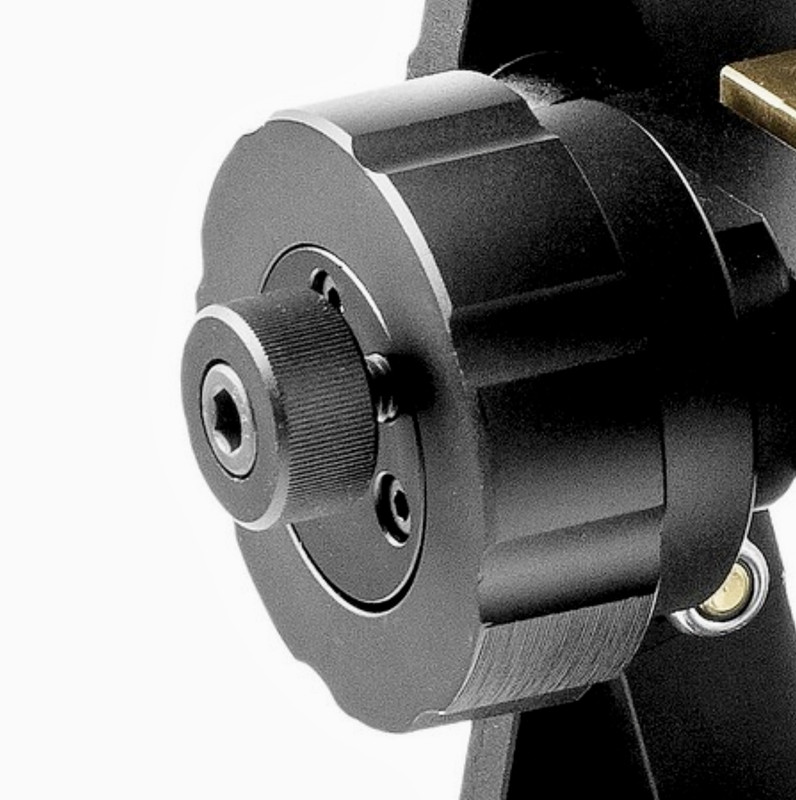Thumb screw
Thumb screw
- This topic has 31 replies, 16 voices, and was last updated 23 September 2023 at 11:04 by
 Michael Gilligan.
Michael Gilligan.
- Please log in to reply to this topic. Registering is free and easy using the links on the menu at the top of this page.
Latest Replies
Viewing 25 topics - 1 through 25 (of 25 total)
-
- Topic
- Voices
- Last Post
Viewing 25 topics - 1 through 25 (of 25 total)
Latest Issues
Newsletter Sign-up
Latest Replies
- What Do These Mean; Why So Many Loop Errors? (Alibre Atom)
- A New Scam Format?
- How to identify a thread, ACME vs TR
- OKMO Microcosm Model M31 Vertical Steam Engine Single Cylinder with DIY Mods
- ZYTO mini Lathe – need help!
- Parting off – Left over nib
- Solid Edge – Spring Designer – Help!
- New member – hobby engineer
- Drill press will not start
- Lidl spray aerosol items










